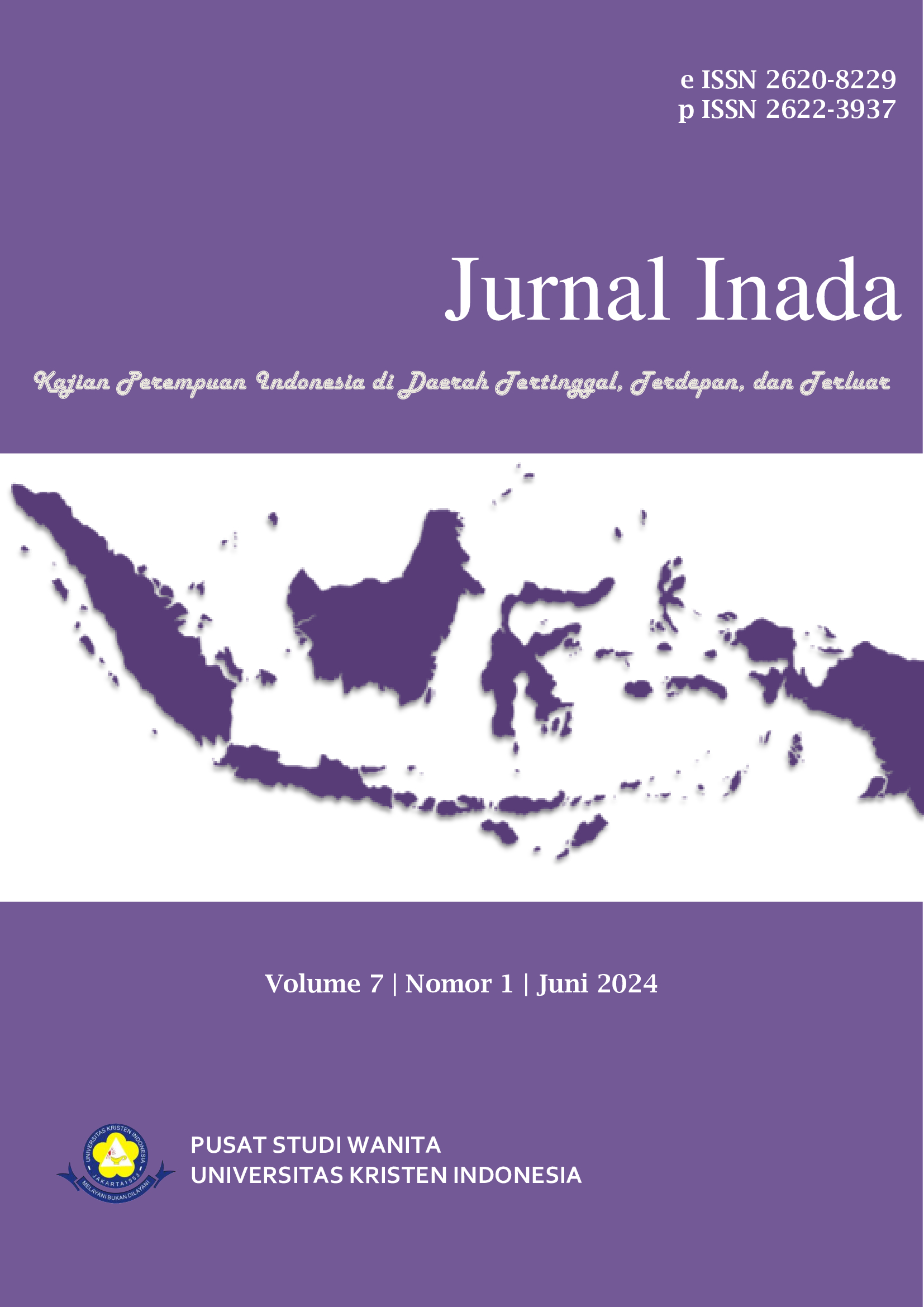Perubahan Relasi Kuasa dan Dominasi Ibu dalam Budaya Patriarki Keluarga Batak pada Film “Ngeri-Ngeri Sedap"
DOI:
https://doi.org/10.33541/ji.v7i1.5357Keywords:
Patriarchal Culture, Maternal Domination, Batak FamilyAbstract
Patriarchal culture is basically a culture that is unconsciously internalized and perpetuated by Indonesian society. This culture views that men are central and must be the most glorified figures. This understanding then indirectly places women as subordinates or parties whose voices do not need to be considered. In its development, women continue to experience repression by society, both in terms of education, economics and culture. However, the patriarchal culture internalized by society today is experiencing a shift in several aspects. For example, in the household, decision making is no longer placed in the hands of men, but is often based on joint decisions. One of the shifts discussed in this research is the role shift that occurs regarding women's roles as mothers. For this reason, this research seeks to discuss how the dominant role of mothers in patriarchal culture is represented through the film Ngeri-Ngeri Sedap.
This research uses a descriptive qualitative approach to analyze the film Ngeri-Ngeri Sedap which represents patriarchal culture in Batak families. Using Semiotics theory, Roland Barthes describes how signs can provide meaning or messages. In this research, signs are discussed from each scene shown in the film. Each scene was then examined to see how the dominant role of women was depicted in the film Ngeri-Ngeri Sedap. Based on this, the research results show that there is a dominant role of mothers shown in this film. This dominance is not indicated in the patriarchal culture that is often internalized by society, but instead is something new that many people are not aware of. The dominant role of women is divided into 3, namely the mother's hegemony over the family, the female character's resistance to repression carried out by the male character, and space to voice opinions. Through these findings it can be concluded that women are no longer depicted as weak figures, instead women are able to oppose and resist the patriarchal cultural system which tends to glorify men.
References
Anita, D., Yoanita , D., & Wahjudianata, M. (2019). Representasi Patriarki dalam Film "A Star Is Born". Jurnal E-Komunikasi, 7.
babbie, E. (2012). The Basics of Social Research 6th Edition. Wadsworth: Wadsworth Publishing Co Inc.
BPS. (2019). Profil Migran (Hasil Survei Sosial Ekonomi Nasional 2019). Jakarta: Badan Pusat Statistik.
Firda, A. L., Diana, N. Z., & Yulianti. (2021). Beban Ganda Perempuan dalam Rumah Tangga di Soka Gunungkidul: Pandangan Feminisme dan Islam. Empati: Jurnal Ilmu Kesejahteraan Sosial, 10-20.
Johnson, M. P. (1995). Patriarchal Terrorism and Common Couple Violence: Two Forms of Violence Against Women. Journal of Marriage and Faamily, 283-294.
Kriyantono, R. (2006). Teknik Praktis Riset komunikasi Kuantitatif dan Kualitatif. Jakarta: Prenadamedia Group.
Larasati , A. W., & Adiyanto, W. (2023). Representation of Gender Equality in Ngeri-Ngeri Sedap Films. Riwayat: Educational Journal of History and Humanities, 585-595.
Marbun, F. B. (2020). Komunikasi Keluarga Batak Toba dan Dialektika Relasional dalam Pengambilan Keputusan Harta Warisan. Medan: Universitas Sumatera Utara.
Mudjiono, Y. (2011). Kajian Semiotika dalam Film. Jurnal Ilmu Komunikasi, 126-138.
Qomariah, D. N. (2019). Persepsi Masyarakat MengenaiI Kesetaraan Gender dalam keluarga. Jurnal Cendikiawan Ilmiah PLS, 52-58.
Rahayu, A. W. (2015). Perempuan Dan Belenggu Peran Kultural. Jurnal Perempuan, 1. Retrieved from https://www.jurnalperempuan.org/wacana-feminis/perempuan-dan-belenggu-peran-kultural
Simamora, R. M. (2017). Perempuan Batak dalam Belenggu Patriarki. Whiteboard Journal, 1. Retrieved from https://www.whiteboardjournal.com/column/column/perempuan-batak/
Sobur, A. (2004). Analisis Teks Media: Suatu Pengantar untuk Analisis Wacana, Analisis Semiotik, dan Analisis Framing. Bandung : remaja Rosdakarya.
Sultana, A. (2012). Patriarchy and Women's Subordination: A Theoretical Analysis. Arts Faculty Journal, 1-18.


.png)






